MARKET OVERVIEW
The global intelligent transportation systems (ITS) market is a segment of the advanced mobility and infrastructure industry, shaped by the need for integrated and data-driven transport networks. This market will reflect a shift toward systems that enhance efficiency, safety, and coordination within transportation frameworks. As the world's infrastructure develops further and urban populations increase, the global intelligent transportation systems (ITS) market will meet the needs for best-in-class traffic flow optimization, automated control technology, and real-time data analysis in both public and private transportation systems.
The nature of this market will be a combination of technologies that exchange information with roadways, vehicles, sensors, and central control systems. These components will collaborate to provide actionable intelligence for alleviating congestion, enhancing emergency response, and ensuring continuity of service along transport corridors. In contrast to a sole emphasis on automating vehicles, this market will mature to integrate wider transit components—traffic signals, toll stations, incident detection systems, and sign panels—into an enlightened system governed by digital platforms.
Worldwide adoption will differ based on regulation, infrastructure maturity, and levels of investment in transportation system upgrades. The global intelligent transportation systems (ITS) market will evolve across both developed and developing world regions, designing solutions for local needs. In the urban environment, ITS technologies will be set up to handle sophisticated interactions between private cars, public transport, freight, and pedestrian areas. In the rural or less developed regions, they will offer long-distance route optimization, safety warnings, and shipment tracking for national and cross-border corridors.
Scope throughout the global intelligent transportation systems (ITS) market will move beyond road transportation. Maritime, aviation, and rail infrastructures will also be connected to intelligent platforms for enhanced scheduling, risk management, and asset tracking. The information generated via such systems will be captured and analyzed to inform policy and infrastructure planning. Actors in the market will involve hardware suppliers, software developers, integrators, and municipal authorities, all of which will participate in deploying and honing smart solutions for traffic and transit purposes.
The global intelligent transportation systems (ITS) market will drive urban planning, determining the way cities design their roads, parking areas, emergency services, and commercial areas. With increasing stress on transport infrastructure from urban population growth, ITS technologies will be a means to support smoother running and reduced downtime. Solutions in this space will frequently make use of cloud computing, machine learning, and edge processing, supporting decentralized control with centralized management.
From national initiatives to localized implementation, the global intelligent transportation systems (ITS) market will retain prominence as transport becomes a more integrated process. With increasingly digital infrastructure, the line between static roads and dynamic systems of mobility will grow thinner, building towards a world in which data and connectivity inform all forms of movement. Thus, the market will not only finance traffic management but will assist in rethinking the whole transportation experience throughout personal, public, and freight networks.
Global intelligent transportation systems (ITS) market is estimated to reach $86,307.12 Million by 2032; growing at a CAGR of 7.0% from 2025 to 2032.
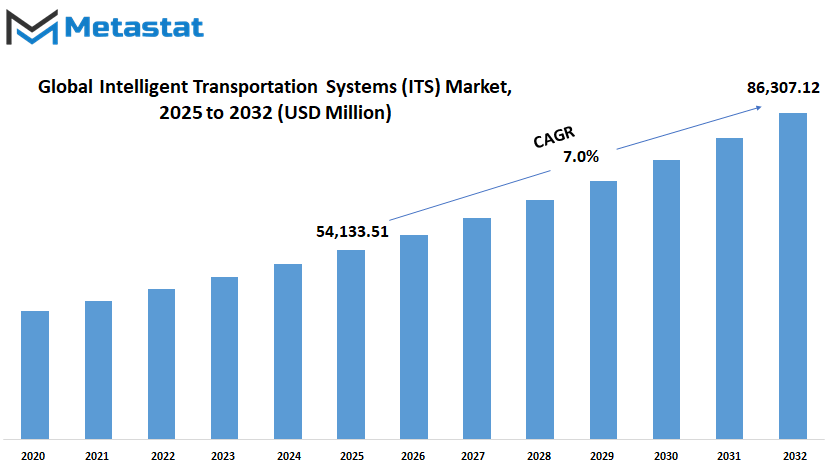
GROWTH FACTORS
The global intelligent transportation systems (ITS) market is on the rise owing to the growing need for improved traffic management. Urbanization is occurring across the globe with increasing populations, and hence traffic jams have become a normality in major cities. Traffic jams waste plenty of time and further lead to increased emissions, causing damage to the environment as well as public health. This increasing issue is pushing the creation of sophisticated traffic solutions that have the capability to better handle flow. The emphasis is moving towards infrastructure that provides real-time information, tracks conditions, and adjusts traffic lights according to real demand. These advancements will make cities operate smoother while lowering their environmental footprint.
Governments are increasingly investing in smart city initiatives, particularly upgrading transport networks. The shift towards intelligent infrastructure is not just a matter of introducing new technology but also one of enhancing safety, conserving energy, and facilitating easier everyday commutes for citizens. This investment is intended to create smarter roads and improved car-to-infrastructure and car-to-car communication. In most regions globally, this initiative is driving robust support for the expansion of smart transportation. These systems are becoming the core of plans to develop cleaner, more efficient, and future-proof cities.
There are nevertheless challenges that may slow down the development of the global intelligent transportation systems (ITS) market. In certain developing regions, the price of installing and maintaining these systems is expensive. Most regions lack the money or technical expertise to fund such upgrades. Even in areas where funding is available, integrating new technology into older transport systems takes time and effort. Older roads and aged equipment usually can't keep up with the demands of today's digital systems, creating yet more time and expense to add on. These hurdles create resistance to making smart solutions available in those areas that may be most in need of them.
In the future, new technologies in artificial intelligence, the Internet of Things, and 5G connectivity are unlocking more efficient and higher-speed transport tools. These technologies will enable vehicles, traffic lights, and urban networks to talk to each other more seamlessly. As these technologies develop further, they will enable smarter mobility solutions that respond to shifting traffic patterns and prevent problems before they arise. These advances are anticipated to provide beneficial opportunities for the global intelligent transportation systems (ITS) market, leading to more extensive application and intelligent transportation across the globe.
MARKET SEGMENTATION
By Type
The global intelligent transportation systems (ITS) market will define the future of how goods and people travel from one location to another. It is not merely about traffic lights and road signs anymore. It is about constructing smarter, more networked systems that enable people to travel more efficiently and safely. These systems employ digital technologies and data exchange in order to develop a seamless flow of information among vehicles, traffic control systems, and users. In the long run, congestion will be minimized, road safety will be enhanced, emissions will be reduced, and travel experiences will be made better.
There are numerous components to why this market is expanding, and each has a vital role. One of them is the Advanced Traffic Management System. This is aimed at enhancing the way traffic is managed and monitored. It features technologies that make traffic signals change dynamically according to real-time information. This translates to faster commutes and less congestion. Another area of increasing development is the Advanced Traveler Information System. This assists travelers in making better choices by providing them with traffic, road, and route alternative information. With it, individuals will be able to plan their journeys without so many surprises.
Public transportation is also being improved with the Advanced Public Transportation System. This involves such things as tracking buses and trains in real time, electronic tickets, and route-finding apps. These can improve public transportation so that it is more reliable and easier to use, which could get more people to use it over personal vehicles. The Advanced Transportation Pricing System is another thing to keep an eye on. It does this through dynamic tolling or congestion charging. The concept is to regulate traffic flows during rush hour and alleviate pollution by limiting the number of vehicles on the road at any one time.
The largest change will occur from Connected and Autonomous Vehicles. These cars are able to talk to one another and to traffic management, enabling better and safer driving. Visualize a future in which automobiles alert other cars to sudden braking or weather conditions. It can revolutionize the way roads are traveled entirely. The Intelligent Freight Transport System, on the other hand, targets enhancing the manner in which commodities are transported. It entails the use of tracking devices, automated delivery mechanisms, and route planning to reduce time and fuel consumption.
The global intelligent transportation systems (ITS) market is not only revolutionizing transportation, but it is also paving the way for smarter cities and cleaner air. These systems, as they evolve further, will enable a future where technology yields improved travel for all.
By Application
The global intelligent transportation systems (ITS) market is becoming prominent as cities expand and the need for transportation rises. With increasing worries about congestion, security, and the demand for effective mobility solutions, there is even more emphasis on utilizing technology to enhance transportation functionality. This transition is not solely based on today's demands but also on the functionality of societies in the future. Intelligent transportation systems employ connected devices and data to smooth traffic, lower waiting times, and enhance travel experiences for both goods and people.
Future daily travel will be different with vehicles, signals, and centers of control exchanging information in real time. It will be most apparent in how various systems within cities are utilized. Fleet Management and Asset Tracking will increasingly be a major factor as logistics firms continue to look for improved means of tracking their trucks and packages. Such systems reduce fuel consumption, enhance the timeliness of deliveries, and secure products, all of which are essential for long-term success in business.
Another area that will expand is Intelligent Traffic Control. Rather than relying on static traffic lights or manual adjustments, traffic signs and lights will change according to current conditions on the roads. It will cause less traffic to move and more efficiently, particularly during peak hours. Congested cities will be the ones to primarily benefit from this technology, as more intelligent systems will reduce emissions and provide individuals with more free time in their day.
Passenger Information Management will also gain significance. Since more and more people will be using public transport, consistent and accurate information regarding delay, arrival time, and deviation of routes will be anticipated. Such systems will minimize stress for commuters and make public transport more reliable. Apps and station displays will probably update in real time, assisting users in making swift decisions.
Collision Avoidance systems will be an integral component of private and public vehicles. With the aid of sensors and information, cars will alert drivers or react to prevent accidents. The more widespread these systems are, the safer roads may become for all, from drivers to pedestrians.
Parking Management will also be transformed. Drivers will be directed to empty spaces using real-time information, reducing the amount of time spent searching for parking. This will diminish stress as well as decrease road traffic in busy areas. In general, the global intelligent transportation systems (ITS) market will expand further as these apps make travel safer and more efficient.
By Mode of Transportation
The global intelligent transportation systems (ITS) market is gradually reshaping the function of transport across the different modes, such as roadway, railway, airway, and seaway. With technology developing progressively, the need for smart, networked systems grows. ITS uses a combination of communication devices, analysis of data, and digital control systems to allow more efficient, safer transport. The shift to intelligent transportation is not a trend but one that will increase in importance over time as cities grow and people rely more and more on fast and reliable transportation. As one reflects on roads, traffic jam, crash, and pollution have been enormous issues for years.
ITS mitigates by offering real-time information, better traffic light management, and even vehicle-to-vehicle technology that can warn drivers of road conditions. In the near future, vehicles will be able to share information directly with transportation systems and reduce delays and crashes. These changes will not only make daily commutes better but change how goods are transported from point to point. With public transport coordinated into the networked road system, buses can keep tighter timetables and improve their punctuality. Railroads are also undergoing huge changes. ITS technology will automate train systems, reduce delays, and improve safety at crossings and along the rails. Real-time monitoring will allow issues to be detected before they become full-blown problems. These improvements will mean that passengers and cargo will be able to travel more conveniently and safely.
In aviation, air traffic control and airports are slowly adopting more intelligent, automated systems. ITS technologies will help coordinate flight routes, arrange landing and take-off more effectively, and cut the chances of delay due to weather or crowded air traffic. The systems will also offer enhanced support for airport security and baggage care, enhancing the customer experience.
Maritime shipping, the slowest to adopt new technology, is starting to see the benefits too. More intelligent terminal management, vessel tracking, and cargo tracking will allow for better planning and less delay. As international trade continues to grow, these technologies will play a vital role in making shipping more reliable and less destructive to the environment.
The global intelligent transportation systems (ITS) market is progressing towards a future where the transport in every mode of transport will become faster, safer, and more integrated. This will contribute to the improvement of day-to-day life as well as shape the manner in which global movement takes place within the next few years.
|
Forecast Period |
2025-2032 |
|
Market Size in 2025 |
$54,133.51 million |
|
Market Size by 2032 |
$86,307.12 Million |
|
Growth Rate from 2025 to 2032 |
7.0% |
|
Base Year |
2024 |
|
Regions Covered |
North America, Europe, Asia-Pacific Green, South America, Middle East & Africa |
REGIONAL ANALYSIS
The global intelligent transportation systems (ITS) market demonstrates good potential for continuous growth in the different regions of the world, each of which offers distinct opportunities and challenges. While cities expand and mobility requirements expand with it, the need for smarter and safer modes of transport will rise as well. North America has been at the forefront of this adoption with huge government support and highly developed infrastructure. The United States, Canada, and Mexico are spending increasingly more on technologies that reduce traffic congestion and accidents. This trend will continue over the next few years as cities seek strategies to alleviate congestion and spur economic development.
Europe is also a significant region that is shifting towards intelligent transportation. Germany, the UK, France, and Italy are all developing projects to make technology a part of common traveling. They are backed by solid policies that look to decrease pollution and increase efficiency through this. With increasing environmental concerns, there will be greater pressure to implement systems that lower fuel usage and encourage the use of electric vehicles. The remainder of Europe is also likely to continue in this direction, with a concentration on smart city objectives and improved connectivity from town to countryside.
The Asia-Pacific region is among the most rapidly expanding in this arena. China, India, Japan, and South Korea are experiencing fast urbanization, and with that comes increased demand for improved traffic flow and public transportation planning. Intelligent solutions will assist in the management of congested cities and enhancing travel times. With ongoing expansion of infrastructure works, there will be greater space for ITS applications, particularly in those cities embracing digital services as part of their city modernization agenda.
In South America, Brazil and Argentina are starting to realize the benefits of employing smart transport technology. Though there are some hang-ups, like shortages of funding or unbalanced infrastructure, long-term prospects look good. These countries will start employing ITS in order to enhance security, particularly in big cities where traffic congestion is prevalent. With technology becoming increasingly affordable, other parts of the region will also see adoption.
The Middle East and Africa are full of promise, particularly where there are increasing populations and rising car numbers. Countries like South Africa, Egypt, and the GCC nations are exploring smart transport to facilitate tourism and commerce. With constant investment in new cities and highways, the region is laying the groundwork for increased application of intelligent systems that can facilitate long-term development and regional growth.
COMPETITIVE PLAYERS
The global intelligent transportation systems (ITS) market will keep influencing the future of mobility by introducing new means to handle transportation networks in a more effective and safer manner. As nations progress toward better infrastructure and less traffic congestion, corporations globally are responding by developing solutions to help achieve these objectives. The emphasis is no longer solely on getting vehicles from point A to point B—it is about making transportation smarter, more interactive, and more attuned to the needs of both humans and the planet.
Within the next few years, the businesses leading this industry will have a great deal to do with how we live through everyday travel. These firms, including Advantech Co., Ltd., Aireon, Cisco Systems, Inc., and Clever Devices, are already bringing technologies to the table that will enable real-time data sharing, autonomous traffic control, and predictive maintenance of the transportation system. The initiatives towards these advancements are not only pushed by convenience, but also by safety, sustainability, and efficiency in the long run. For instance, solutions to assist in the monitoring and management of air traffic, such as those provided by Aireon, will be critical in creating safer skies. On the ground, organizations such as Kapsch TrafficCom AG and Denso Corporation are examining how to link vehicles with traffic infrastructure to decrease accidents and delays.
Large international companies like IBM Corporation, Siemens AG, and Huawei Technologies Co., Ltd. will most probably spearhead developments integrating artificial intelligence and sophisticated data analytics. These technologies will enable more accurate traffic forecasting and the ability to respond faster to changes on the road, making it simpler for cities to cope with unexpected difficulties. Companies like Cubic Corporation and Conduent Incorporated are already engaged in partnering with governments to enhance public transportation systems by applying smart fare collection and passenger information systems.
While this is happening, businesses such as Garmin Ltd., TomTom International BV, and Trapeze Group are further developing navigational aids so that users get the most precise, real-time information available. All this will make everyday travel easier and more consistent. Others, such as NEC Corporation, RTX Corporation, and Thales Group, are looking at secure communication and data protection as transportation networks become increasingly networked and data-intensive.
In sum, the global intelligent transportation systems (ITS) market will not only increase in size but also in significance. With each innovation provided by these organizations, the world comes closer to a future of more coordinated travel, increased safety, and travel adjusted to meet the needs of contemporary life.
Intelligent Transportation Systems (ITS) Market Key Segments:
By Type
- Advanced Traffic Management System (ATMS)
- Advanced Traveler Information System (ATIS)
- Advanced Public Transportation System (APTS)
- Advanced Transportation Pricing System (ATPS)
- Connected And Autonomous Vehicles(CAV)
- Intelligent Frieght Transport System(IFTS)
By Application
- Fleet Management and Asset Monitoring
- Intelligent Traffic Control
- Passenger Information Management
- Collision Avoidance
- Parking Management
By Mode of Transportation
- Roadway
- Railway
- Airway
- Maritime
Key Global Intelligent Transportation Systems (ITS) Industry Players
- Advantech Co., Ltd.
- Aireon
- Cisco Systems, Inc.
- Clever Devices
- Conduent Incorporated
- Cubic Corporation
- Denso Corporation
- Garmin Ltd.
- Hitachi Ltd.
- Huawei Technologies Co., Ltd.
- IBM Corporation
- Indra SIstemas S.A.
- Kapsch TrafficCom AG
- KONGSBERG
- L3Harris Technologies, Inc.
- NEC Corporation
- RTX Corporation
- Siemens AG
- Teledyne Technologies Incorporated
- Thales Group
WHAT REPORT PROVIDES
- Full in-depth analysis of the parent Industry
- Important changes in market and its dynamics
- Segmentation details of the market
- Former, on-going, and projected market analysis in terms of volume and value
- Assessment of niche industry developments
- Market share analysis
- Key strategies of major players
- Emerging segments and regional growth potential



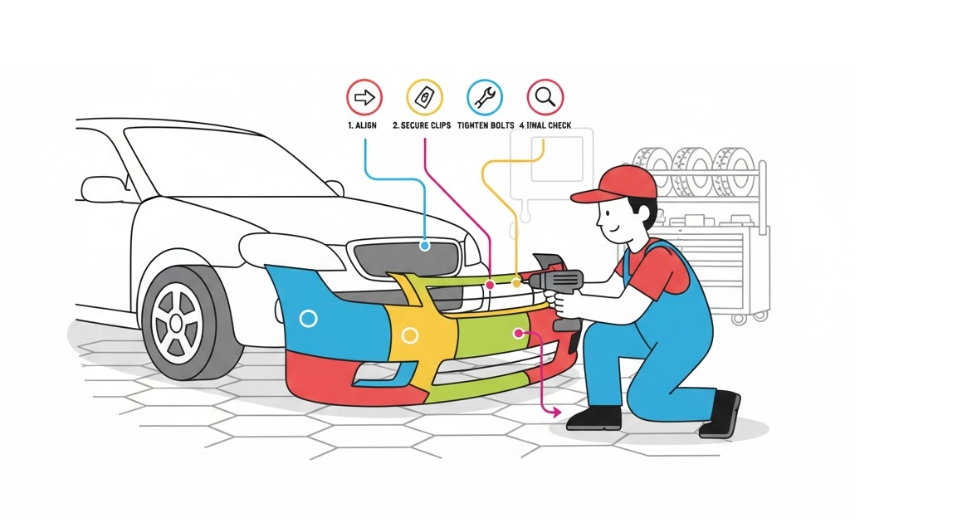
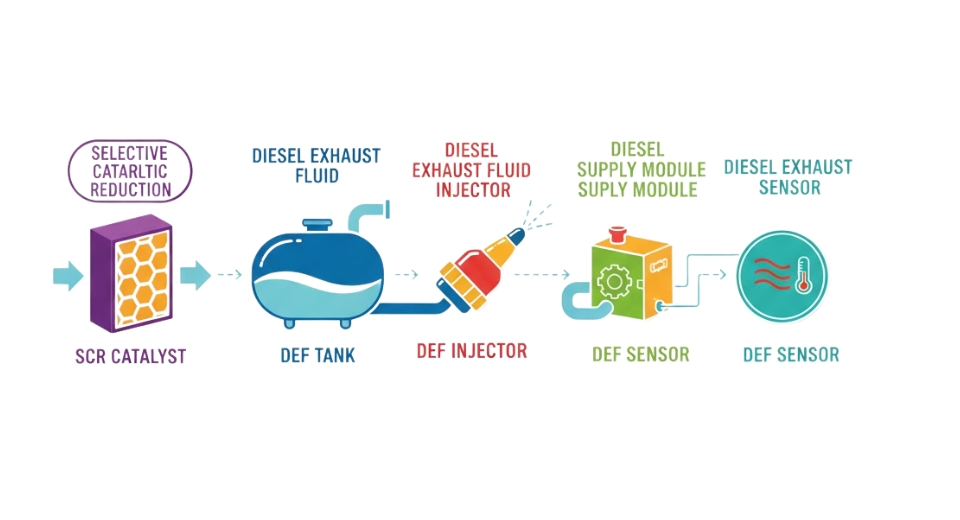
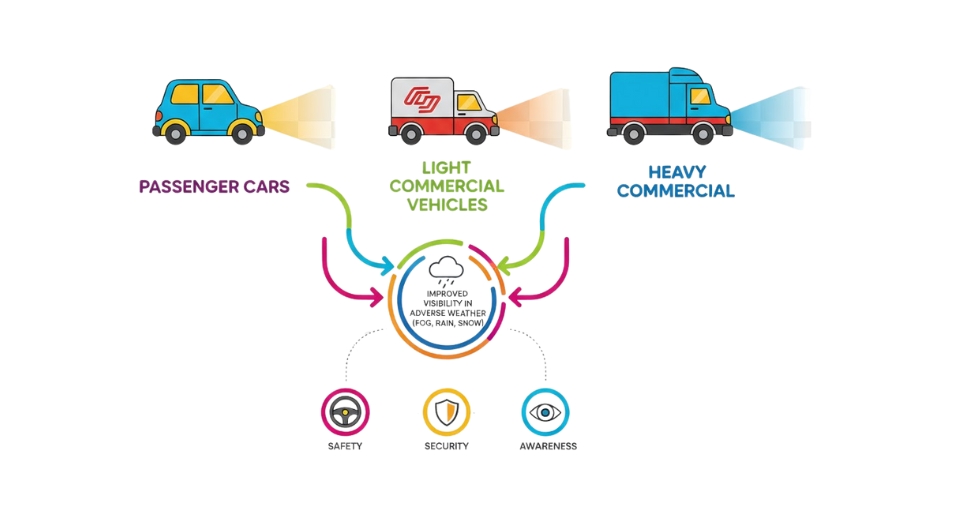
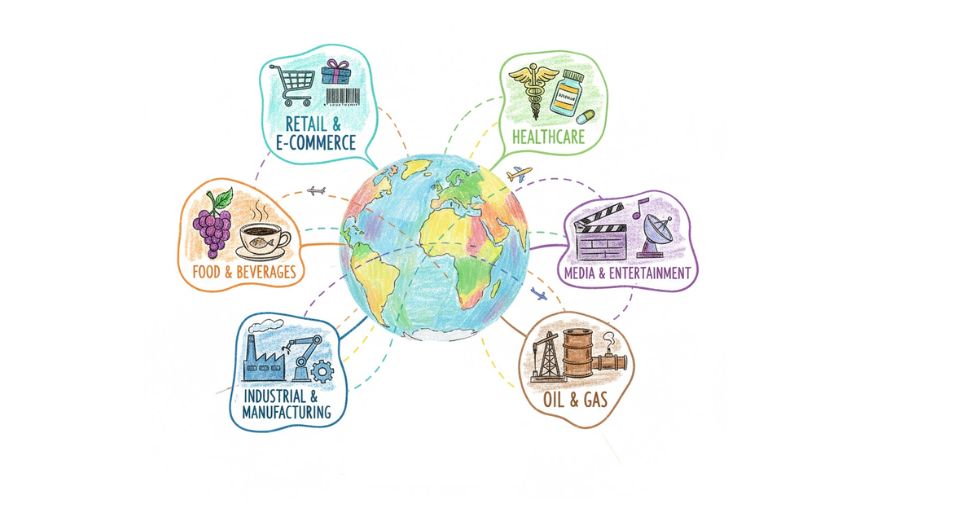




 US: +1 3023308252
US: +1 3023308252






